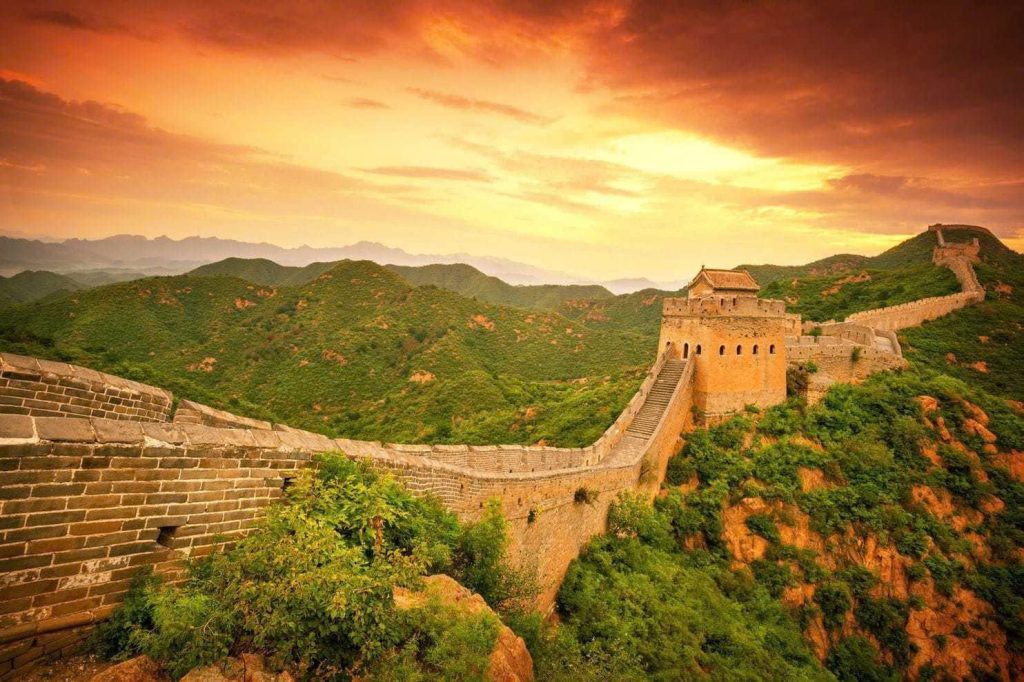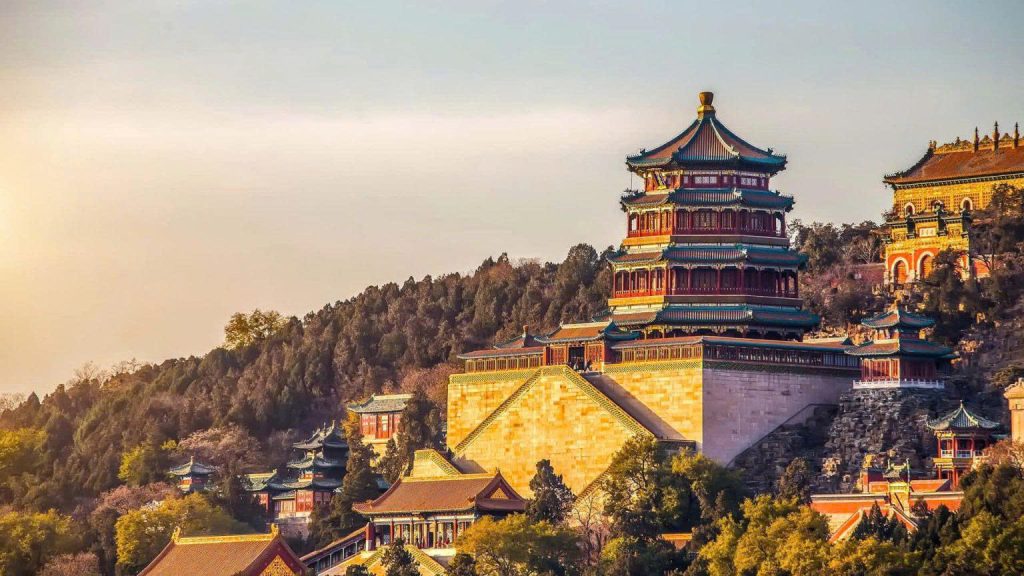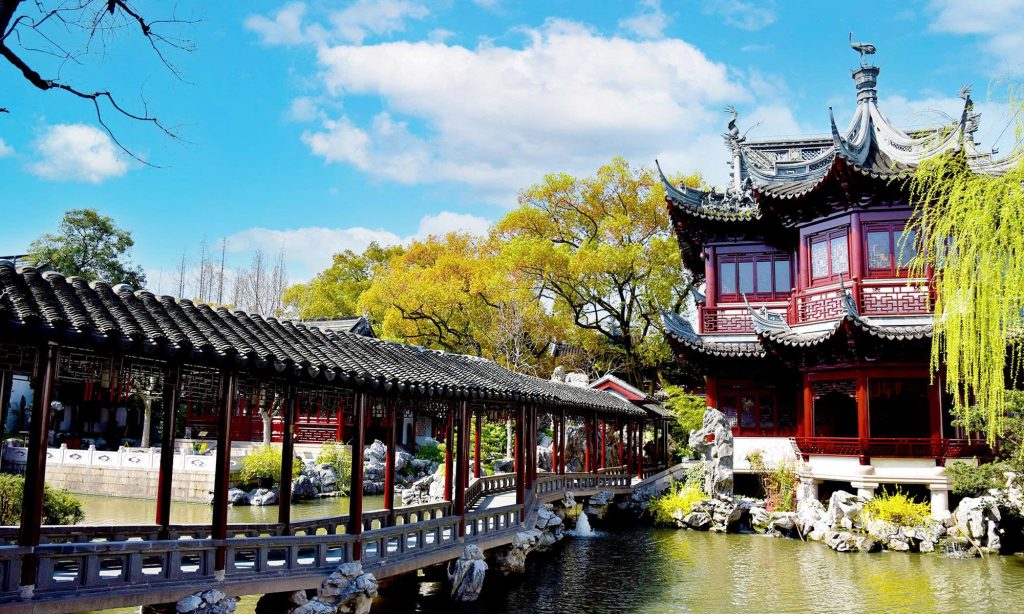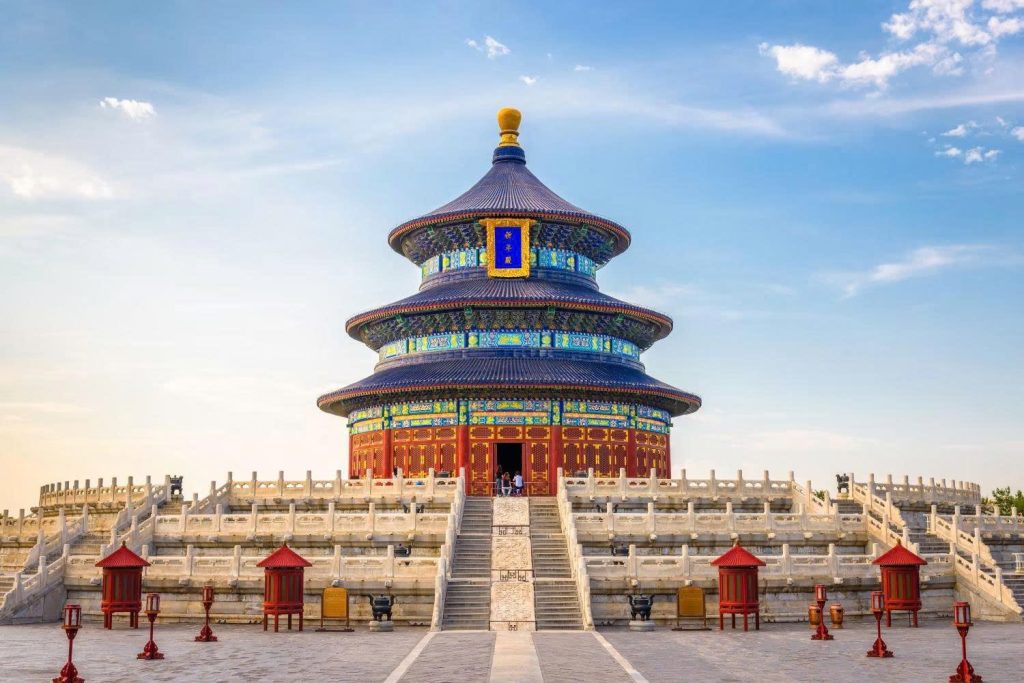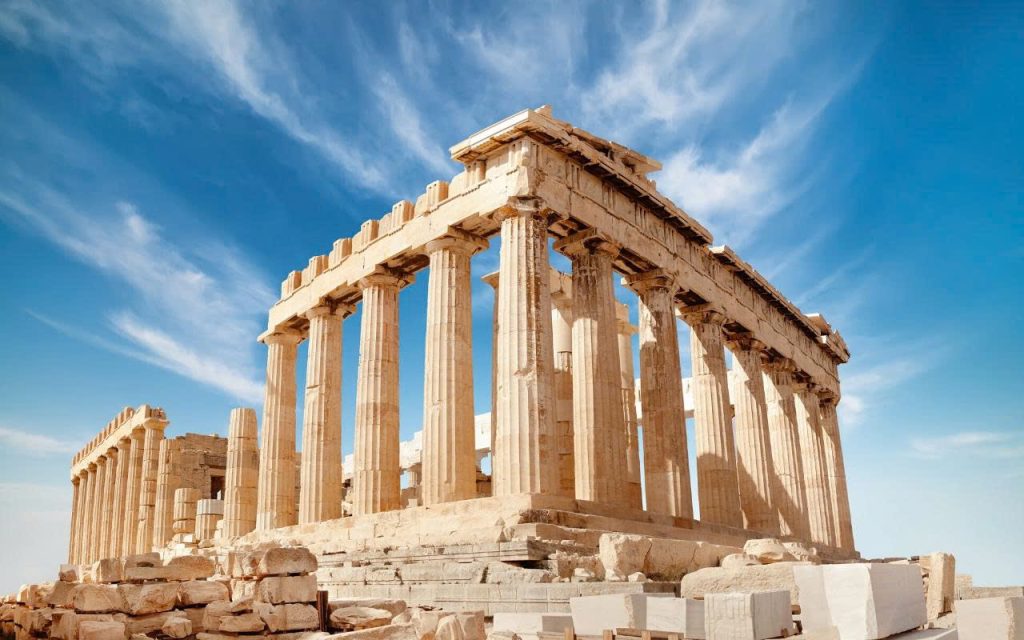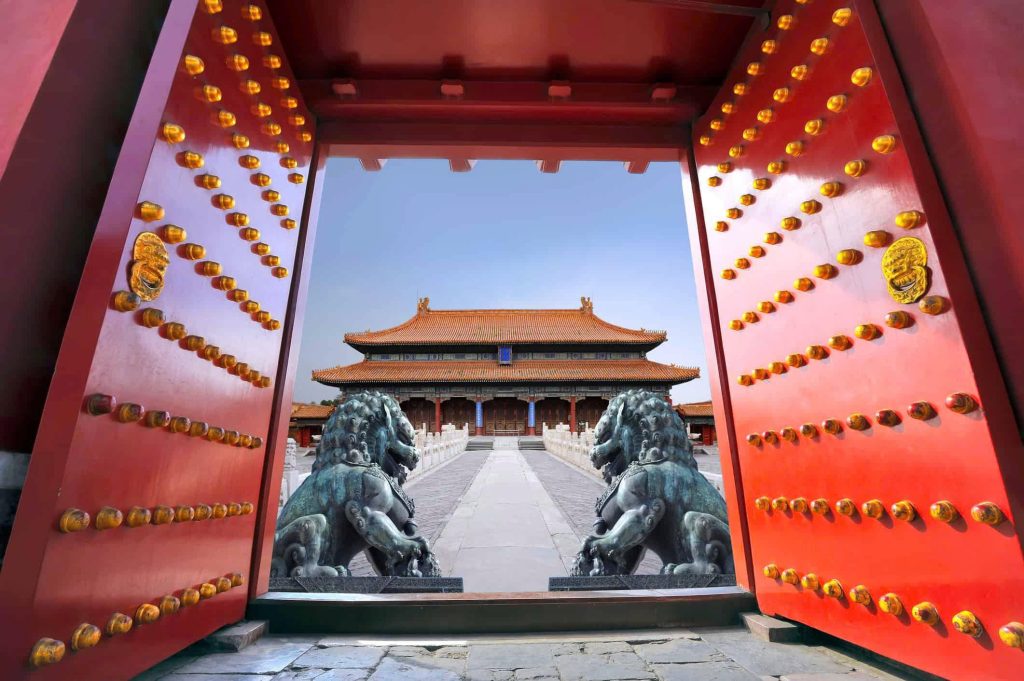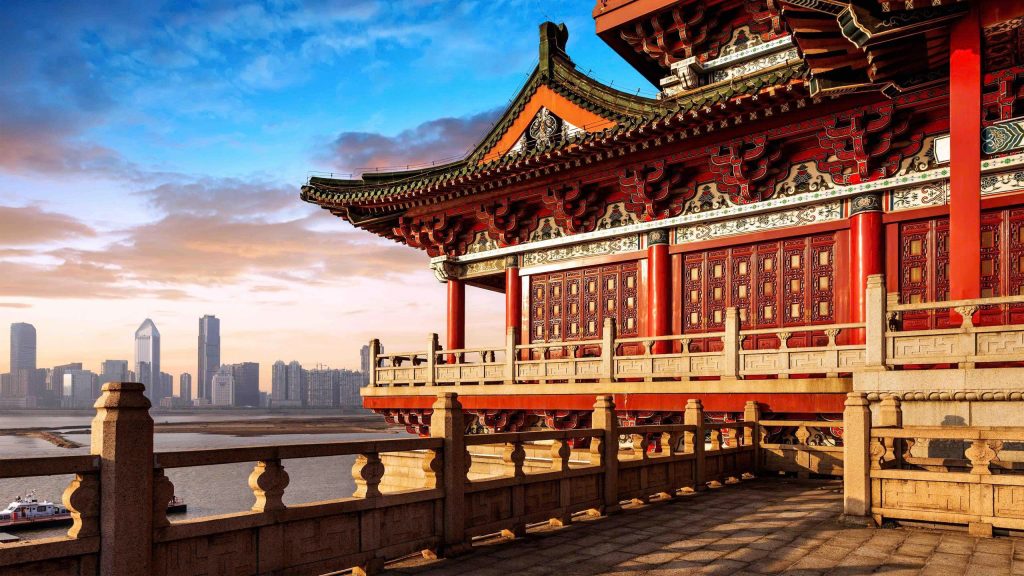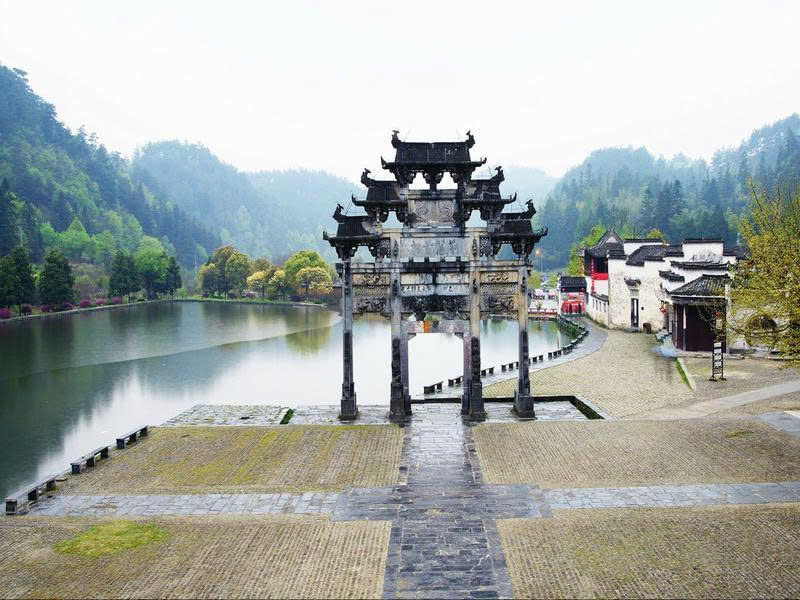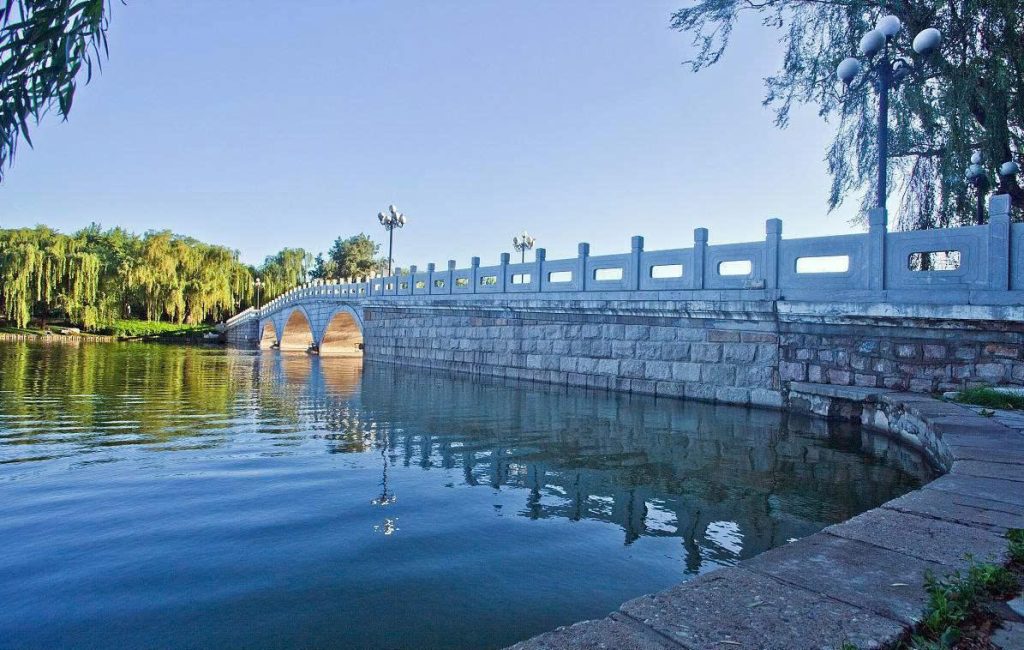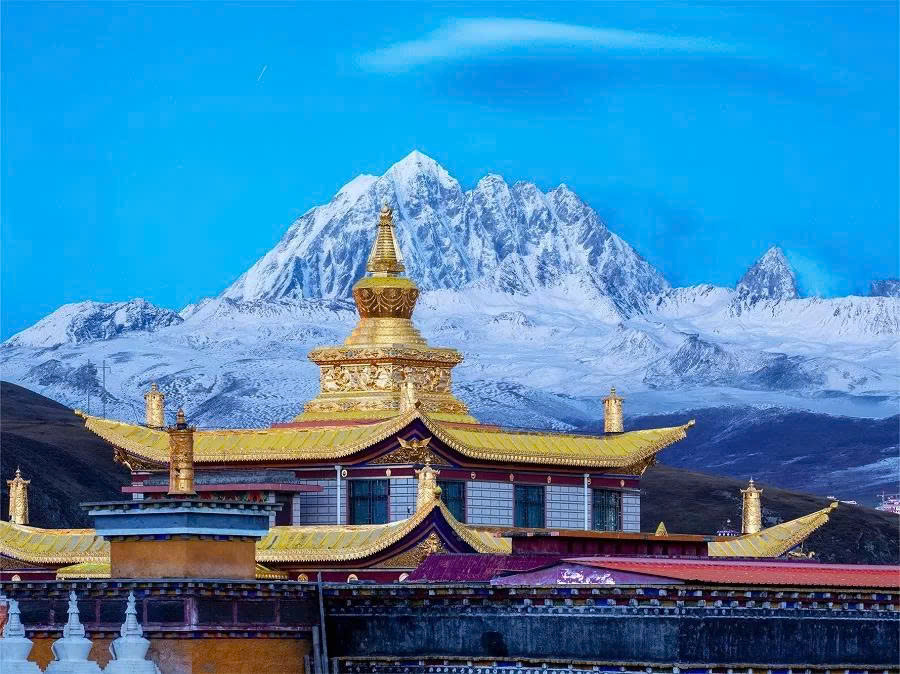The Great Wall of China is a name that evokes images of ancient empires, incredible engineering, and a timeless testament to human will. Stretching for thousands of miles across the country’s northern landscape, this magnificent structure is more than just a wall—it’s a powerful symbol of Chinese history and one of the world’s most breathtaking sights.
What is the Great Wall of China?
Often called a single, continuous wall, the Great Wall of China is actually a series of fortifications built over centuries by various Chinese dynasties. Its primary purpose was to protect the Chinese empires from nomadic tribes and invaders from the north. The most famous and well-preserved sections were built during the Ming Dynasty (1368–1644), which is what most people picture today.
Its origins, however, date back much further to the Qin Dynasty (221–206 BC), when Emperor Qin Shi Huang connected existing walls to create a more unified defense system. While the wall never fully succeeded in preventing invasions, it served as a powerful symbol of China’s strength and a critical border control system, becoming a UNESCO World Heritage site in 1987.
The Most Famous Sections of the Great Wall
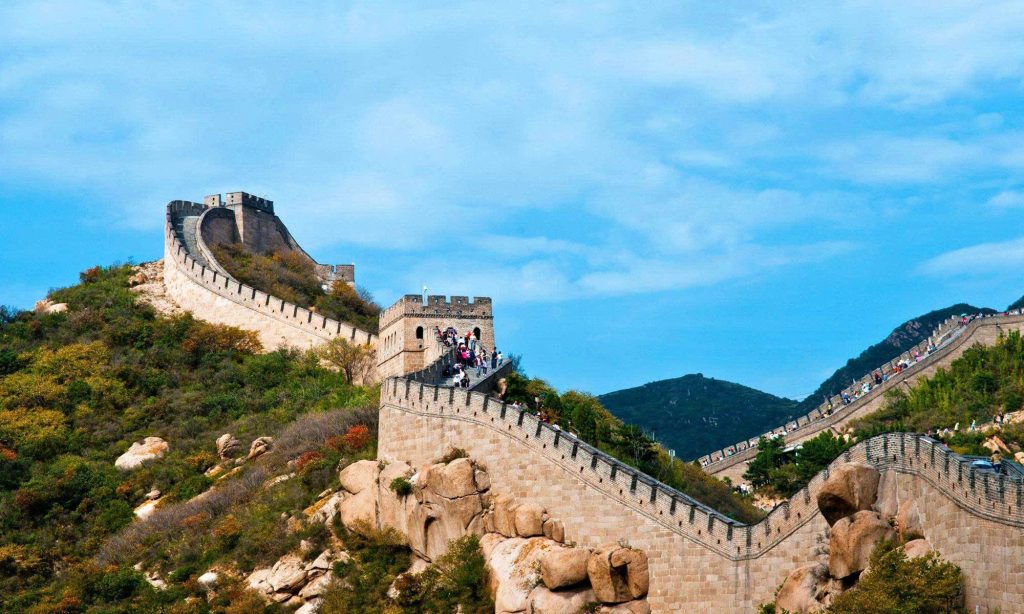
With the wall stretching over 13,000 miles, it’s impossible to see it all. The key to a great visit is choosing the right section based on your fitness level, interests, and tolerance for crowds. The most popular sections are all easily accessible from Beijing.
1. Badaling (八达岭)
Badaling is the most famous and well-preserved section of the Great Wall. It was the first part to be opened to tourists and is known for its wide, well-maintained paths and easy accessibility. For first-time visitors, it provides an iconic and classic Great Wall experience.
Its popularity means it is often the most crowded, especially during holidays and weekends. However, it’s very convenient with a cable car and multiple facilities, making it an excellent choice for families and those with limited mobility.
2. Mutianyu (慕田峪)
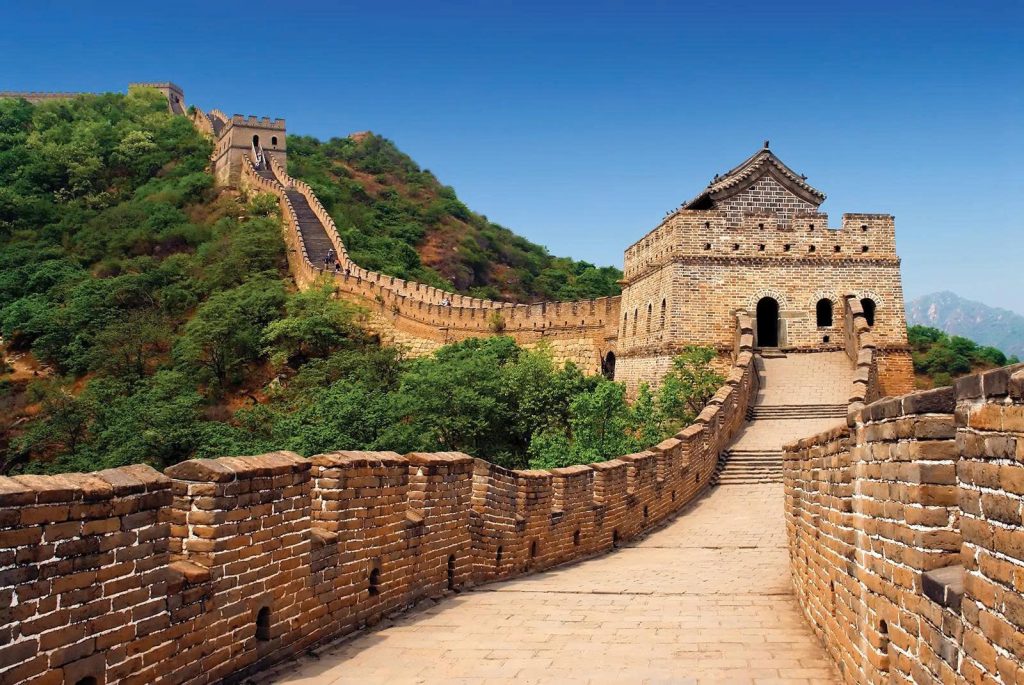
Many travelers consider Mutianyu to be the most beautiful section. It’s known for its stunning scenery, featuring dense forests and impressive watchtowers. The wall here is fully restored and winds along the mountain ridge, offering spectacular views.
Mutianyu is a favorite because it’s less crowded than Badaling. A major highlight is the toboggan ride (slide) down from the wall, a thrilling and fun way to end your visit. There’s also a convenient cable car and a chairlift.
3. Juyongguan (居庸关)
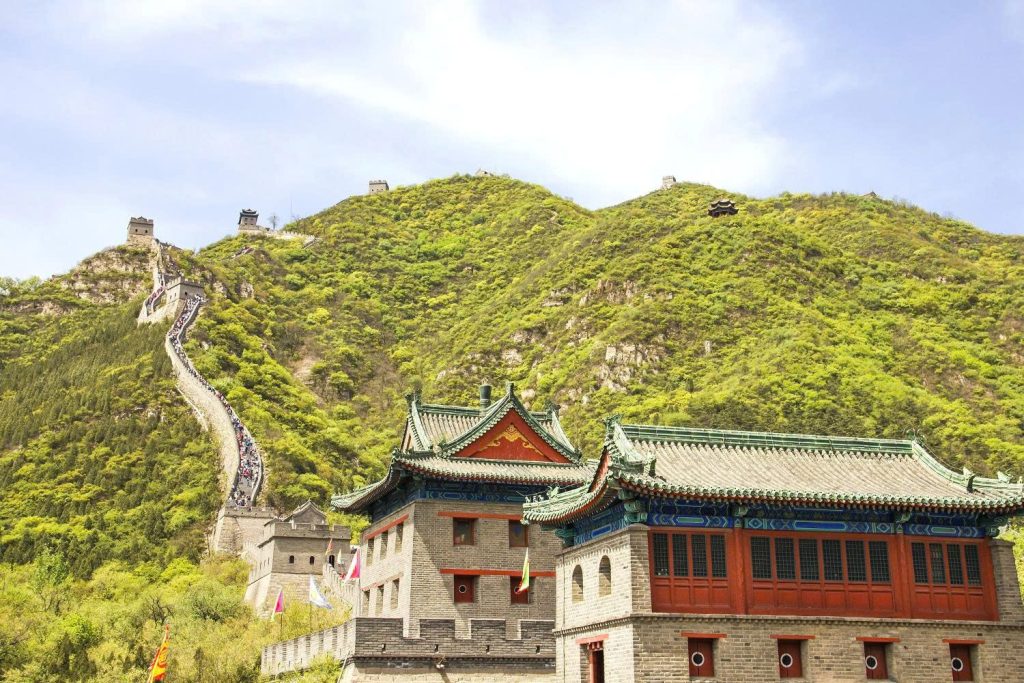
Unlike other sections, Juyongguan is not a long wall but a formidable fortress. Situated in a strategic valley, it was a crucial military pass and is home to the stunning Cloud Platform, a marble archway from the Yuan Dynasty. It’s a great option for history buffs and those interested in military architecture.
4. Simatai (司马台)
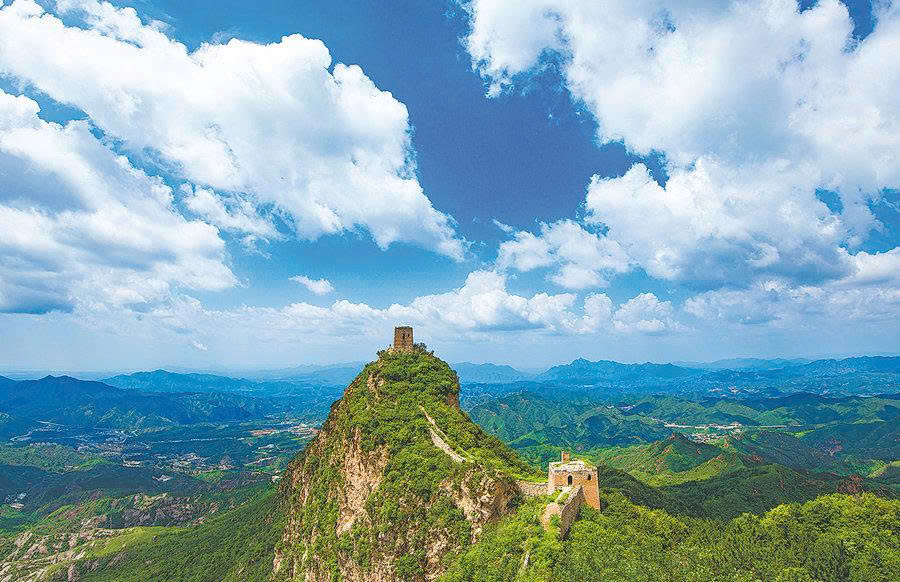
Simatai is for the adventurous traveler. This section is known for its steep inclines and original, unrestored state, offering a more authentic and rugged hiking experience. Parts of it are considered the most difficult to climb.
Hiking here requires good physical fitness and sturdy shoes. The views are incredible, with the wall snaking along the rugged mountain peaks. It’s a great escape from the crowds and provides a sense of the wall’s original grandeur.
5. Shanhaiguan (山海关)
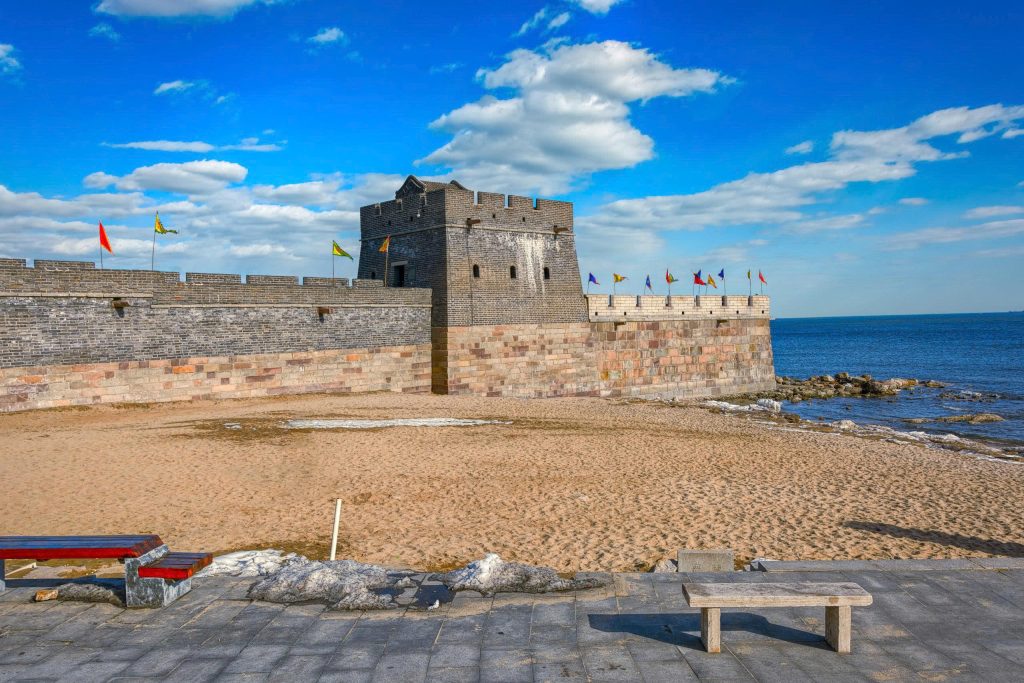
Located on the coast of the Bohai Sea, Shanhaiguan is where the Great Wall begins (or ends). It’s famously known as “The Old Dragon’s Head” (Laolongtou), as it seems to plunge directly into the sea. This is a unique sight and offers a different perspective on the wall’s scale and purpose.
A Visitor’s Guide: From A to Z
Planning a trip to the Great Wall can seem daunting, but with the right information, it’s a straightforward and enjoyable experience.
RELATED: Best Time to Visit China: Weather, Festival, and Travel Seasons
1. How to Get to the Great Wall from Beijing
- Bus: The cheapest option. You can take a public bus from Beijing’s Deshengmen Bus Station to Badaling or use special tourist buses to Mutianyu. It’s time-consuming but very affordable.
- Train: A fast and convenient option, especially for Badaling. The S2 train from Beijing North Railway Station offers a scenic and smooth ride.
- Private Tour: The most convenient way. Many tour operators in Beijing offer guided day trips that include transportation and tickets. This is a great choice if you prefer a stress-free experience.
2. Best Time to Visit
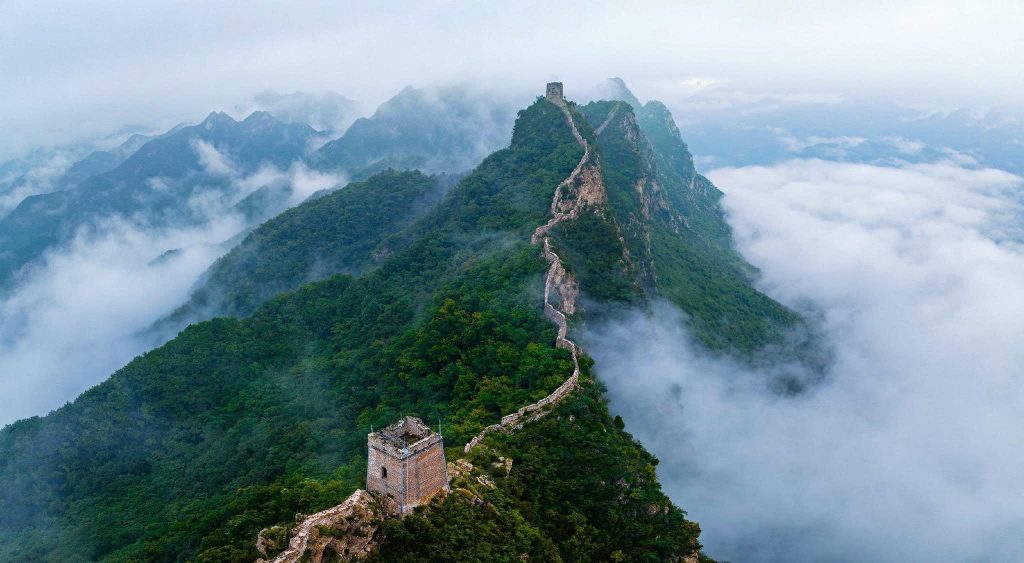
- The ideal times to visit are during spring (April to May) and autumn (September to October). The weather is pleasant, and the scenery is beautiful. Summer can be very hot and crowded, while winter is freezing but offers a unique, snow-covered landscape with fewer tourists.
3. What to Pack
- Comfortable Shoes: This is non-negotiable. You’ll be doing a lot of walking and climbing.
- Water & Snacks: Although vendors are available, it’s wise to bring your own.
- Sun Protection: A hat, sunglasses, and sunscreen are essential, especially on sunny days.
- Layers: The weather can change quickly, so dress in layers to stay comfortable.
4. Tickets and Logistics
- It’s best to buy tickets on-site. Prices are reasonable and vary by section. Arrive early to avoid the peak crowds and have a more peaceful experience.
RELATED: China Travel Tips for International Travelers
Interesting Facts About the Great Wall
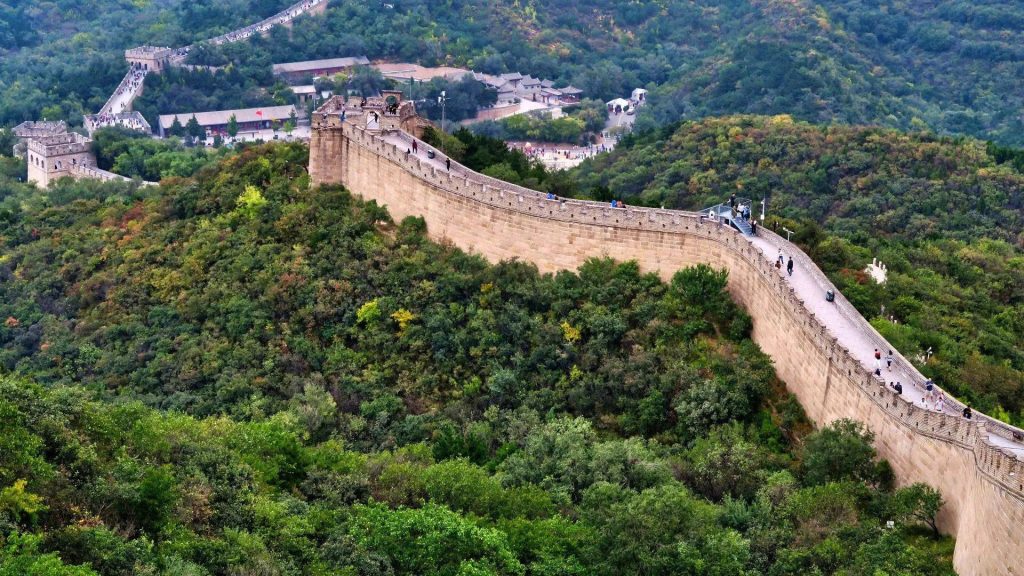
- Not Visible from Space: A popular myth claims the wall is visible from the moon with the naked eye. This is false. Astronauts have confirmed it’s not easily seen from low Earth orbit without magnification.
- The World’s Longest Cemetery: The wall was built by millions of soldiers, common people, and prisoners, many of whom died during construction and were buried within or near the wall. This has earned it the grim nickname of the “longest cemetery on Earth.”
- Not a Single, Continuous Wall: The Great Wall is a complex network of walls, trenches, and natural barriers that sometimes run parallel to each other.
RELATED: Ultimate China Travel Guide: Visa, Costs, and Tips 2026
Walking on the Great Wall of China of China is a profound and humbling experience. It’s a physical testament to the immense scale of human endeavor and a silent witness to millennia of history. Whether you choose to explore the bustling paths of Badaling or the rugged beauty of Simatai, the wall offers a unique and unforgettable adventure. It’s an iconic monument that deserves its place among the greatest wonders of the world, and it is a journey that every traveler should embark on at least once.
- Boutique Hotels in Hue: Discover Hue’s Charm
- How to Order Coffee Like a Local in Vietnam: Your Ultimate Guide
- Japan’s Mount Fuji Crackdown Slashes Accidents, Zero Fatalities Recorded
- Singapore Revitalizes MICE Tourism with 5-Star Cruise Ships
- Japanese Travel Agency Launches Rocket Tourism Package: Tokyo to U.S. in 60 Minutes

